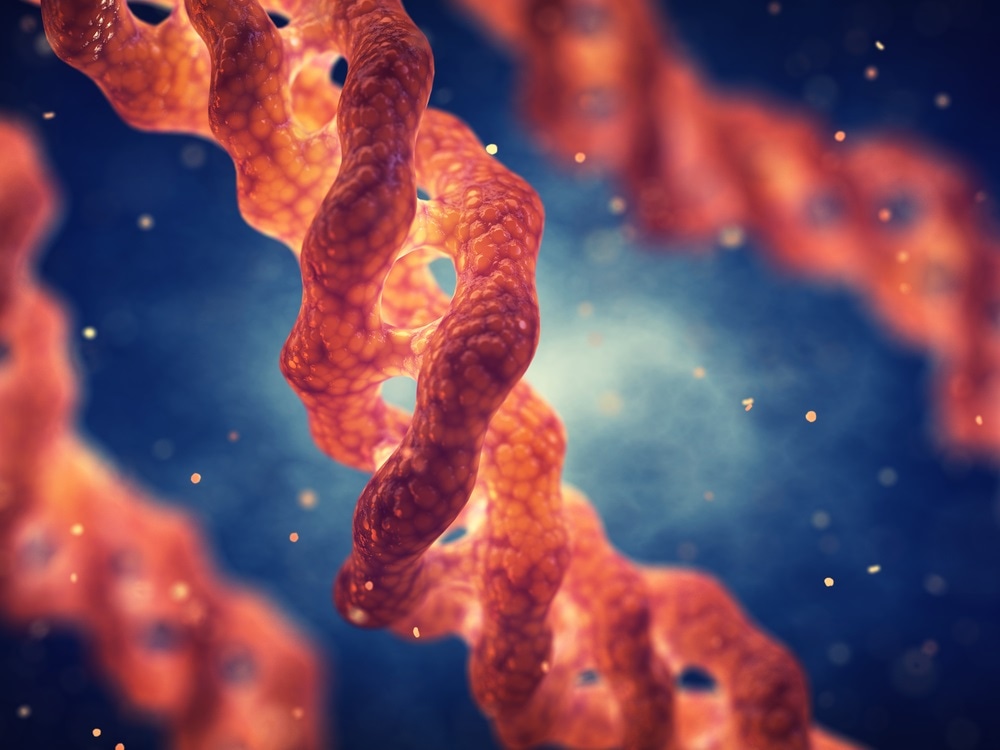In this interview, News-Medical Life Science talks to Professor Toshio Ando about his interest in high-speed AFM and how it can revolutionize the observation of protein molecules.
How did your interest in AFM come about, in particular, your interest in high-speed atomic force microscopy (HS-AFM)?
I wanted to directly observe protein molecules during their functional activity to understand how they function. To make the observation possible, I developed high-speed AFM.
What do you think is the upper-speed limit of HS-AFM? And where do you see the limits of HS-AFM in general?
I foresee that 100 frames per second will be materialized in a few years. The tip-sample contact strength is a major limitation of high-speed AFM. This limit narrows the range of observable samples (observing very fragile and very soft samples is infeasible).
What do you see as the most important and relevant applications for HS AFM? Where do you think it can contribute most?
Visualization of dynamic molecular processes of purified proteins is most important because it can quickly tell us how proteins function. So, high-speed AFM most contributes to Biophysics and Molecular Biology.

Image Credit: nobeastsofierce / Shutterstock.com
How do you see the use of AFM in biomedical applications, in comparison to standard microscopy methods such as optical and electron microscopy?
The capability of directly observing protein molecules in dynamic action is the most important feature of high-speed AFM. This observation is only feasible with high-speed AFM. However, each microscopy method has an advantage and a disadvantage over other microscopy methods.
How important are imaging methods in the Life Sciences compared to biochemical methods?
Dynamic molecular images can provide straightforward information of the structure, function and dynamics of proteins.
Where do you see AFM evolving from here in general?
Towards faster and less disturbing imaging capabilities.
How relevant do you think nanotechnological approaches in biomedicine are?
Because most of biological phenomena take place in the nanometer scale, nanotechnological approaches are valuable in the fundamental understanding of biological phenomena.
What will your group be working on in the future?
(i) HS-AFM applications to not only purified protein systems but also protein systems in the higher-order structures (on the surfaces of cells and intracellular organelles, and in the interior of de-roofed cells), and (ii) Development of high-speed & high-resolution scanning ion conductance microscopy.
Apart from nanoscience, what hot research topics are you following at the moment?
Although not really following, I am interested in AI. The recent progress of AI in predicting the structure of proteins (AlphaFold-2 developed by DeepMind) is very impressive.